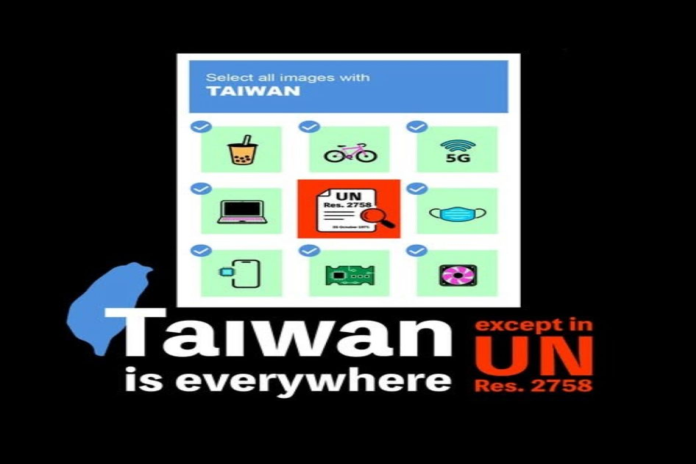By Pilipinas F. Quising, Shiela Camingue-Romance
Recent disruptions in rice production and trade, coupled with adverse weather conditions, have increased global rice prices, impacting food security and economic stability across Asia and the Pacific. Short-term and long-term strategies are needed to ensure a stable, affordable rice supply.
In global food markets, few commodities hold as much significance as rice. It’s not just a staple food; it’s a lifeline for millions, especially across Asia where it forms up to 70 percent of daily caloric intake and a significant share of the food price basket in certain economies.
However, recently, we have seen volatility in the rice market, with prices surging to levels unseen since the global financial crisis of 2008, according to the Asian Development Outlook April 2024.
The rise in global rice prices, reaching a staggering 38 percent increase from December 2022 to December 2023, is not an isolated occurrence but a combination of various factors. Export restrictions imposed by major players like India, adverse weather conditions disrupting production, and the specter of El Niño casting its shadow over agricultural landscapes have all contributed to this situation.
India, the world’s largest rice exporter, implemented a ban on non-basmati white rice exports in July 2023 to stabilize domestic food prices. This move, while understandable from a domestic perspective, had far-reaching implications globally, given India’s significant share in the global rice trade.
Adverse weather patterns, including record-high temperatures and unusually dry conditions in regions like South and Southeast Asia, have exacerbated the situation. Reduced rainfall has led to crop damage, decreased agricultural productivity, and even forced farmers to abandon fields, aggravating the supply shortage. Concerns over this prolonged impact of El Niño prompted rice-importing countries to stockpile the grain, further fueling the global price surge.
As global rice prices soar, the impact is felt domestically in importing countries, particularly those where rice holds a significant share of the consumer price index food basket. Low-income households, already vulnerable, bear the brunt of these price hikes. They allocate a large portion of their budget to purchasing rice, heightening food insecurity and the threat of malnutrition.
The forecast for 2024 suggests that the challenges in the rice market are far from over. Despite a slight decline to an average of $613/metric ton in March, prices remain 29 percent higher than they were a year ago. The persistence of El Niño until the second quarter, coupled with the possibility of transitioning into La Niña later in the year, poses continued risks to rice production. The dry conditions and insufficient monsoon rains are forecast to reduce rice production particularly in major rice-producing countries like India, the People’s Republic of China, and Thailand.
To address these challenges, governments and stakeholders must adopt a multifaceted approach that addresses both short and medium-term concerns. Consistently adopting a reactive rather than proactive approach often results in short-term fixes that can worsen long-term problems.
In the short term, targeted subsidies can ensure that vulnerable populations have access to affordable rice. Enhancing market transparency and monitoring can prevent price manipulation and hoarding, thus stabilizing prices and ensuring fair access.
In the medium term, strategic rice reserves can act as a buffer during periods of volatility, ensuring a steady supply and stabilizing prices. However, efficient management, transparency, and proper storage and distribution infrastructure are crucial for ensuring effectiveness, preventing corruption and spoilage, and guaranteeing quality and accessibility of the reserved rice.
Promoting integrated sustainable rice production practices, investing in modern and innovative agricultural technology and infrastructure, and encouraging crop diversification can enhance productivity and resilience amidst climate uncertainties.
Collaboration at both regional and international levels is essential. By working together, coordinating policies, ensuring more open trade, and allowing producers to respond to price signals and benefit from favourable conditions, countries can better manage rice prices and mitigate the impact on vulnerable populations.
Countries in Asia and the Pacific can effectively foster stable and sustainable rice markets by promoting international collaboration, sharing knowledge, implementing focused interventions, and using financial assistance and technical expertise from their partners.
The surge in global rice prices presents a formidable challenge, but it also offers an opportunity for innovation, collaboration, and proactive policymaking. By understanding the underlying causes, addressing immediate concerns, and investing in long-term solutions, we can navigate this crisis and build a more resilient and sustainable rice market for the future.





